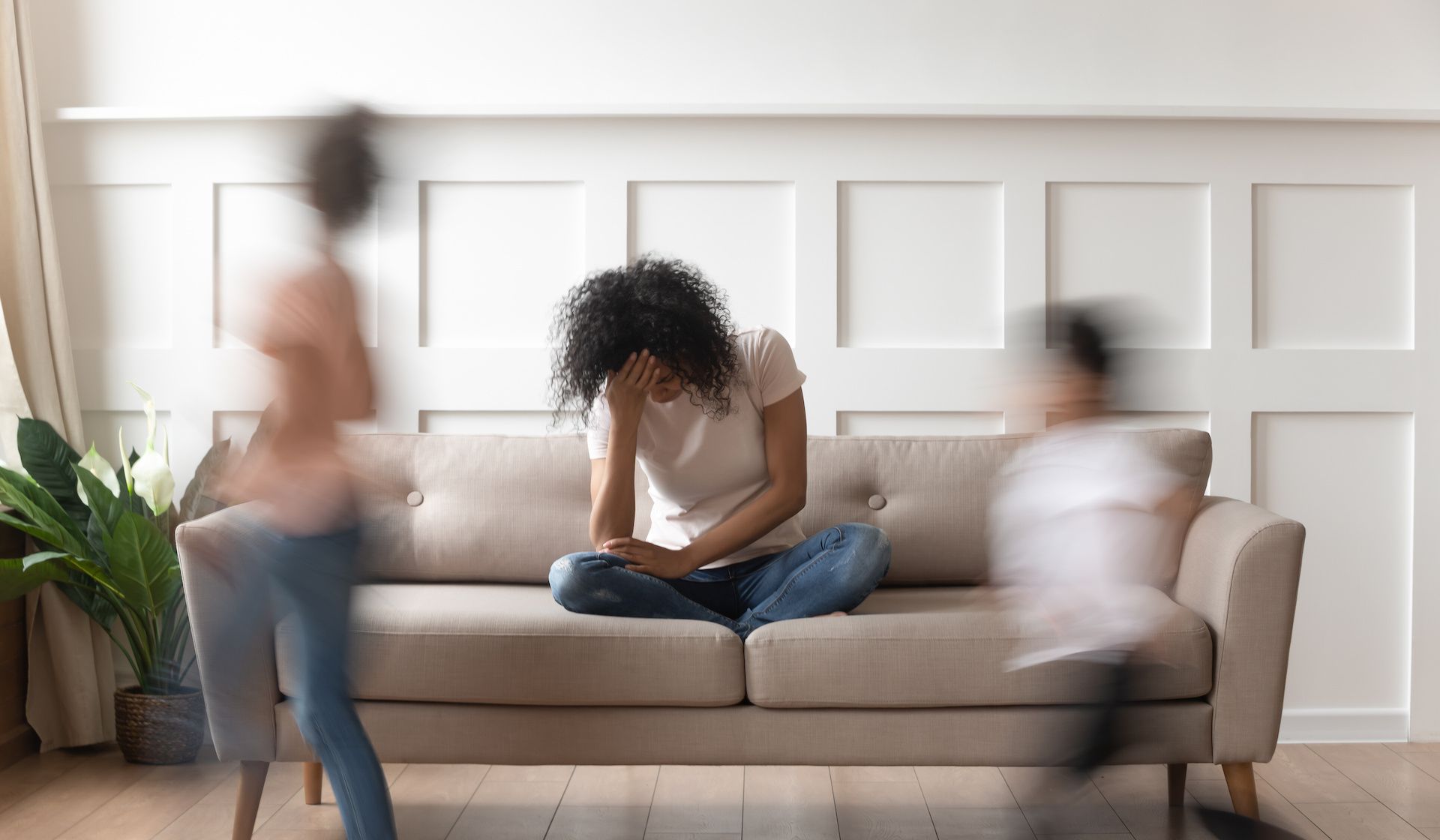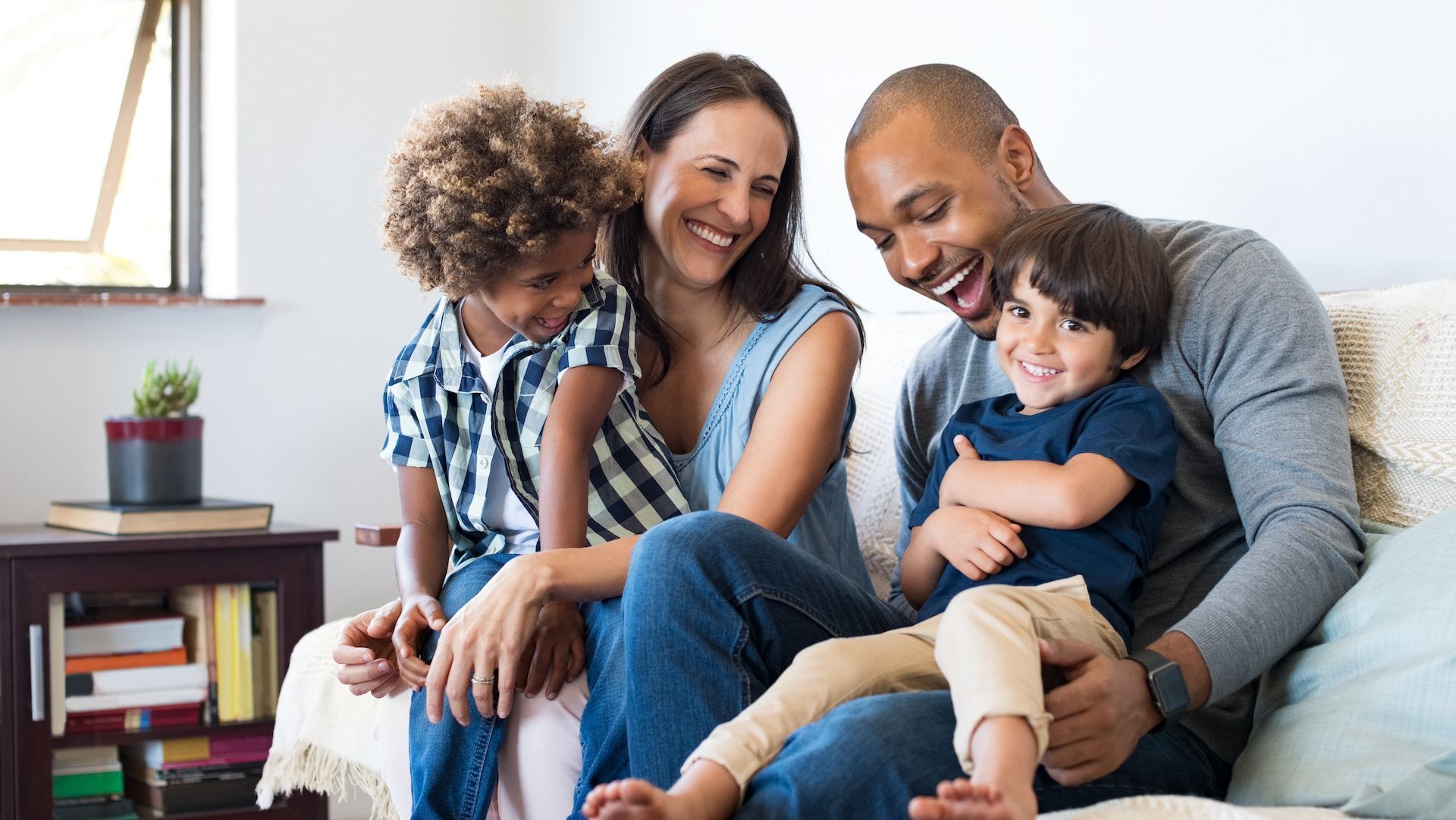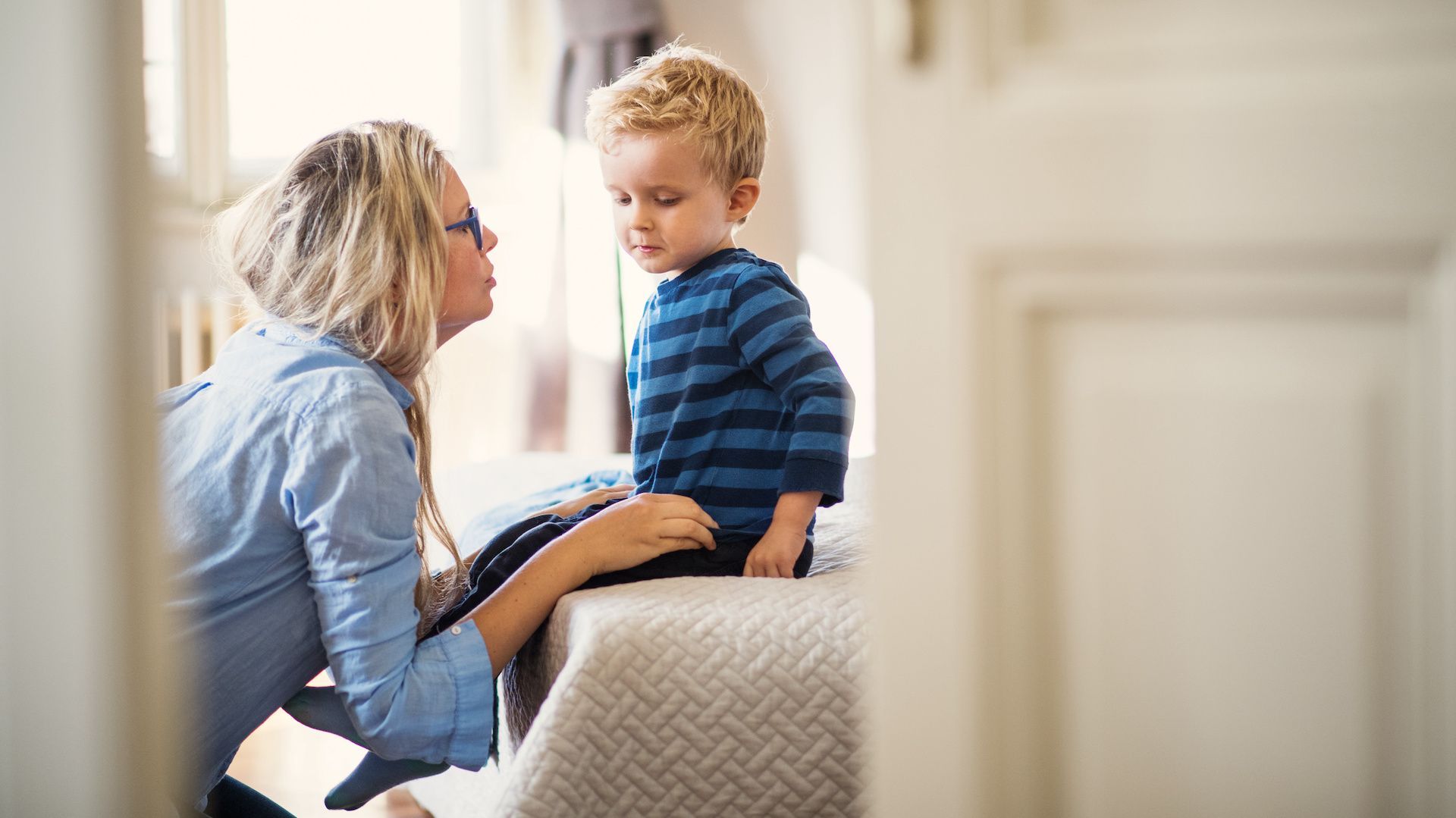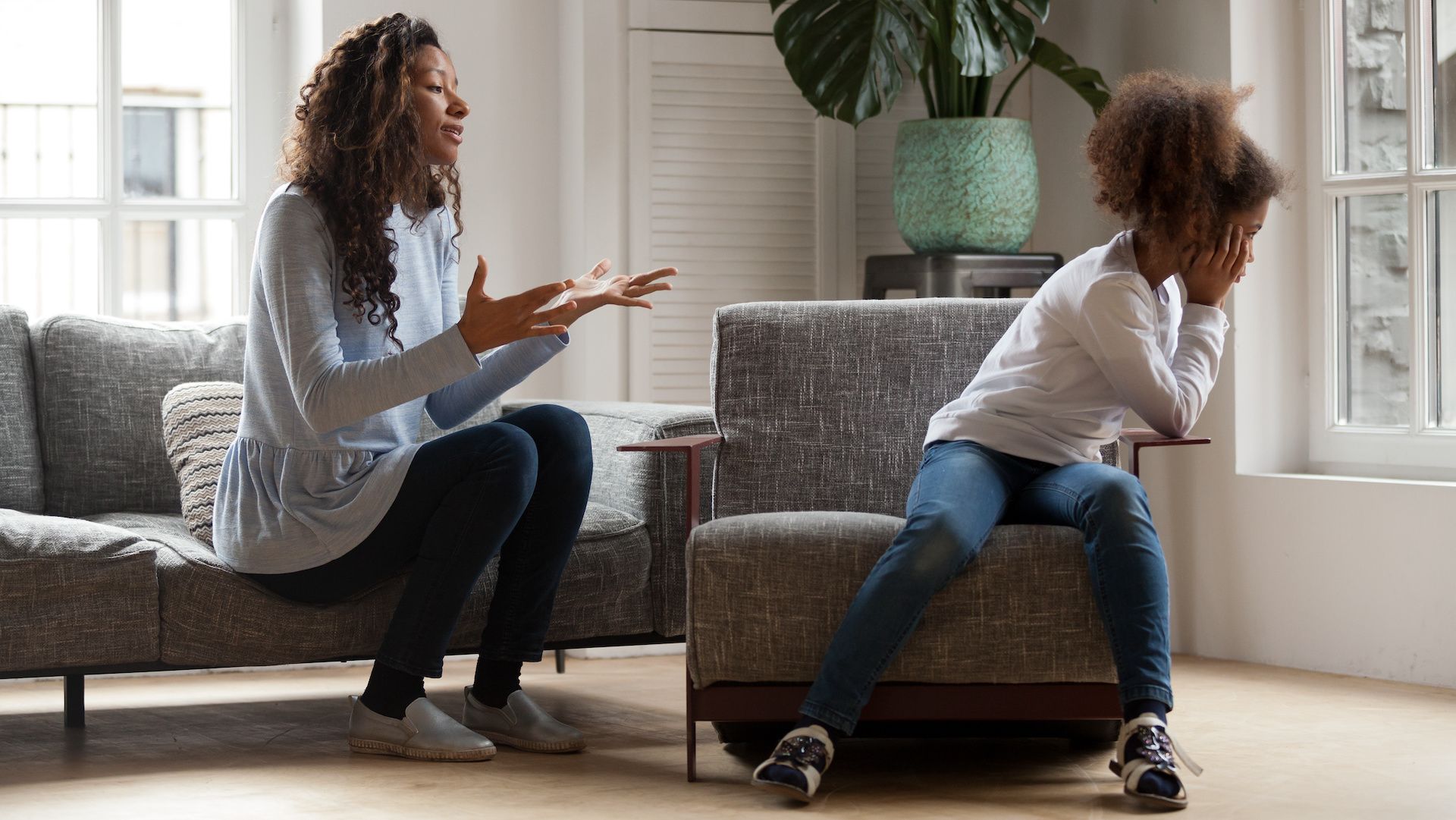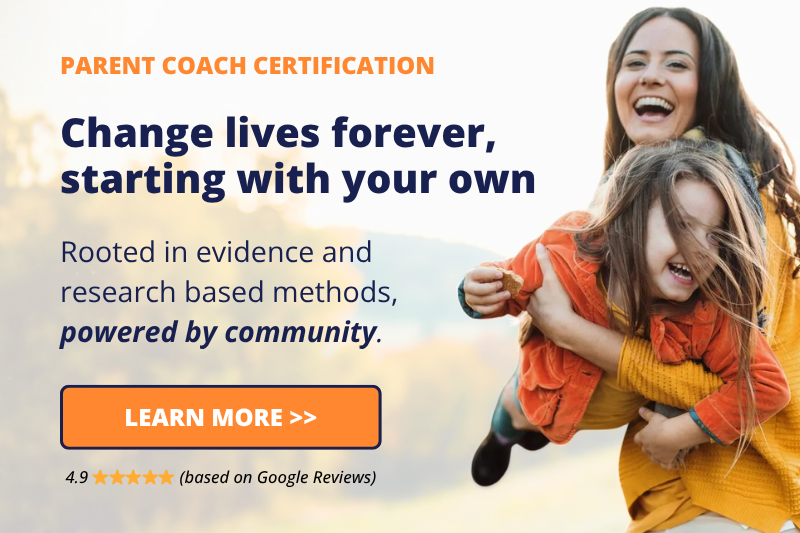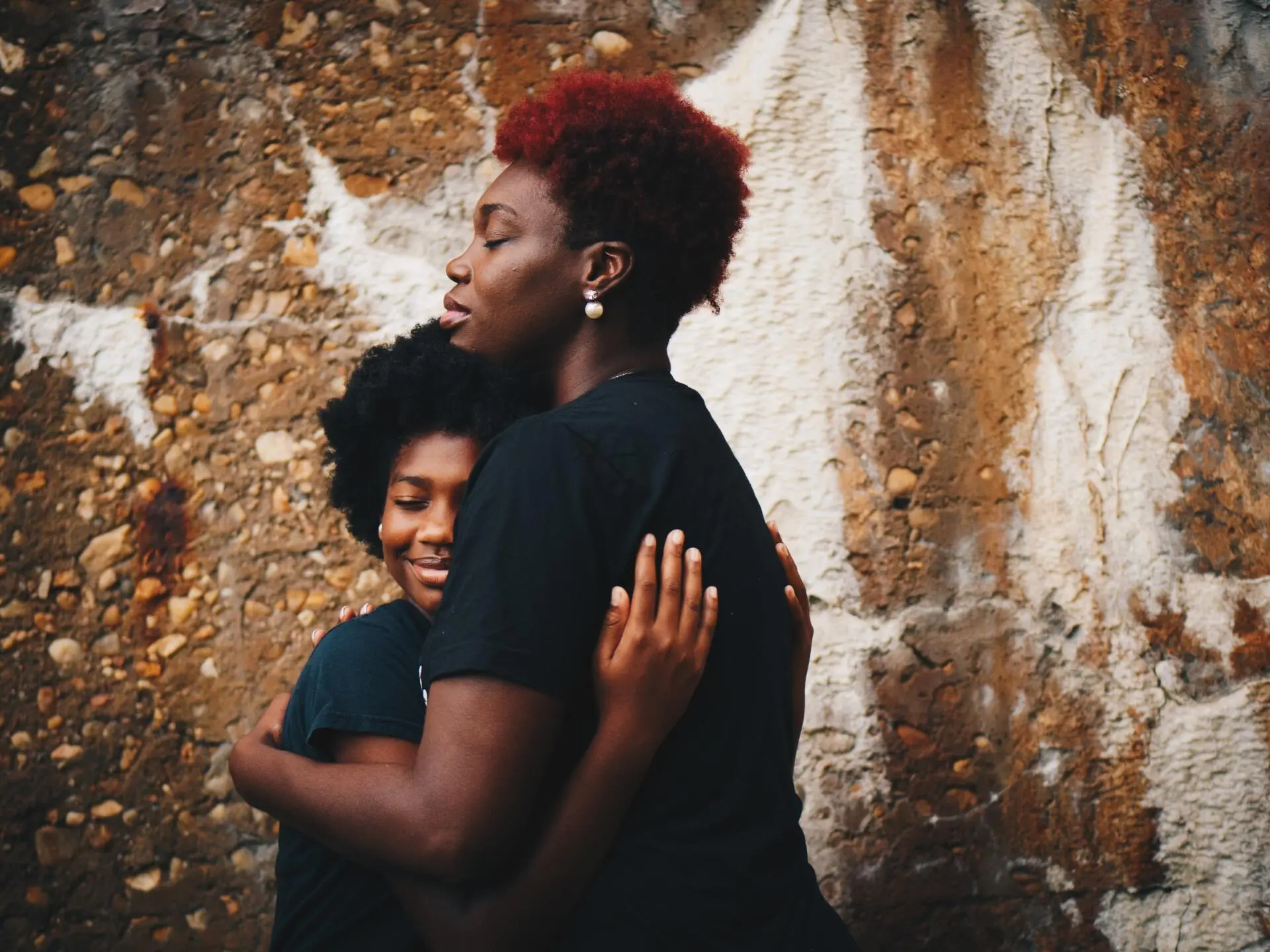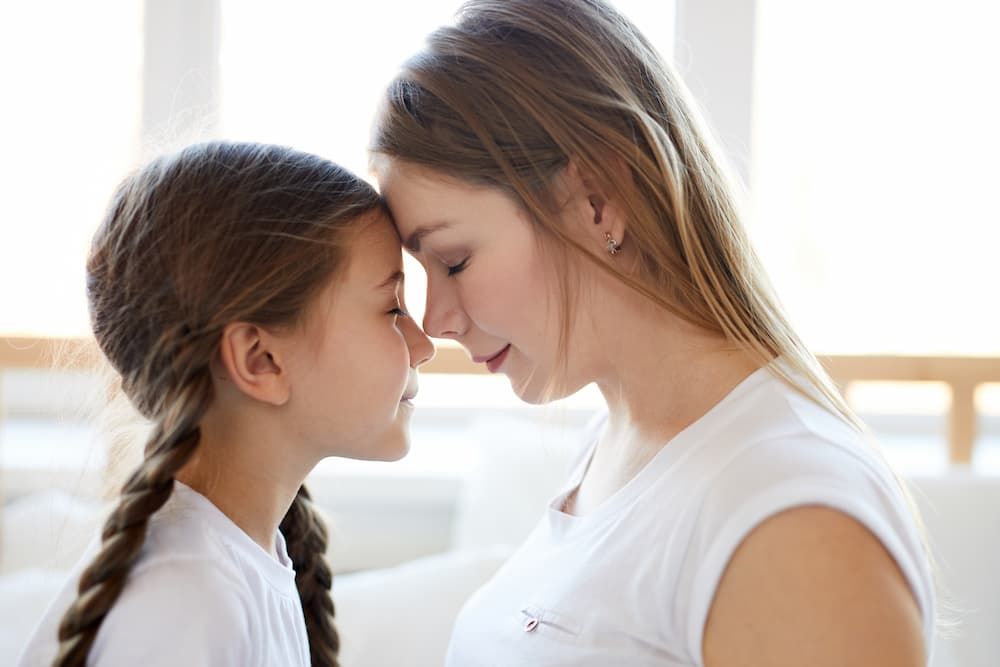Why do we lose our calm even when we know better?
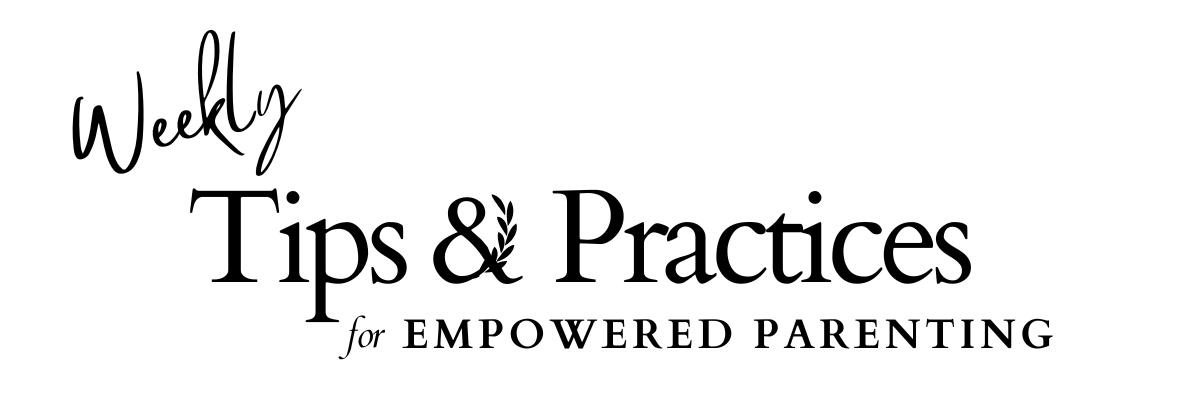
Have you ever reacted to your child in a way that went against your values, and wondered, “Why did I do that?”
It’s not because you’re failing.
When our nervous system goes into fight, flight, or freeze, the part of our brain that holds empathy and choice goes offline.
Survival takes over.
That’s why change isn’t about “trying harder.” It’s about learning to anchor ourselves when we’re triggered so we can return to presence and model regulation for our kids.

Find Your Anchor
When your child is dysregulated, pause and notice your own state. Try one of these quick anchors:
- Body: Stretch, shake it out, feet flat on the floor.
- Breath: Long exhale, box breathing, or humming.
- Sensory: Drink water slowly, name 3 things you see.
- Compassion: Whisper “I’m safe” or “I’m learning.”
Even a 5% shift can open the door to calmer choices and a deeper connection.
Why It Works:
Regulation is contagious. When we ground ourselves first, our kids’ nervous systems can attune to our calm. That’s the beginning of co-regulation—the safety that helps them grow.
Through the Coach Lens:
As coaches, our role isn’t just to help parents “fix” behavior. It’s to help them understand what drives it. And so often, it begins with the nervous system.
When parents learn to pause, regulate, and respond in alignment with their deeper values, the shift is transformational for themselves and for their children.
This reframes parenting from a pursuit of perfection to a practice of awareness, choice, and growth. And within that practice, there’s room for compassion, new patterns, and genuine empowerment.
This week, invite your clients to reflect:
- What helps you return to yourself when you’re activated?
- What kind of safety did you need as a child, and how can you begin to offer that now?
Even the steadiest harbor faces storms. But with practice, we find our way back and show our children how to do the same.
Share This Article:
Curious for more?




